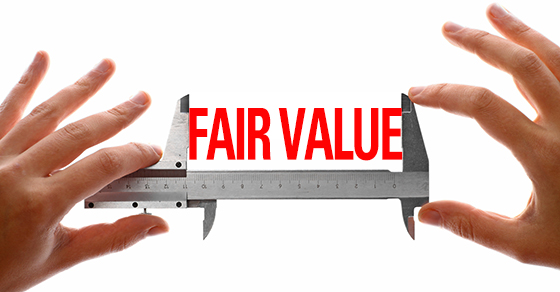
Technology is altering the traditional approach to internal audits. Instead of reviewing reams of paperwork, today’s auditor is learning to use electronic records. In turn, going paperless facilitates a concept known as “continuous auditing,” where internal auditors continually gather data to support their procedures. Here’s how your business can modernize this process.
Targeting specific areas
Not every functional area of your company lends itself to paperless and continuous auditing. To determine whether sufficient, timely and accurate electronic data exists, you’ll need to review the systems that store and generate your company’s data.
For example, if a portion of your inventory accounting processes still relies on paper, it may not present an ideal candidate for paperless and continuous auditing. Alternatively, if your accounts payable (AP) process functions entirely on electronic records, it’s logical to include AP in the continuous audit program.
Planning the program
Before you can adopt a continuous audit program, you must determine:
- Your primary and secondary business goals, and
- The key risks you hope to mitigate.
Then you can design your program accordingly. For example, if you plan to continuously audit the AP process and you’re concerned about occupational fraud, you may decide to put a rule in place that looks for the creation of vendors whose address matches that of an employee.
From a practical perspective, it’s important to document how often you plan to sample the data that the continuous audit program makes available. Keep in mind that a daily review of the output often generates the greatest benefit.
Ensuring accountability
To help ensure accountability, a process must exist to review and evaluate the audit output. For example, if the review of employee payroll data uncovers unusual payroll disbursements, a process must exist to investigate those discrepancies.
The individual who should be responsible for reviewing the data will depend on the size and structure of your company. It could fall to the internal audit department, someone within the fraud team or a department manager.
Time for change?
Robust internal audits help management correct operational issues quickly, which prevents money from being wasted and risks from spiraling out of control. If implemented correctly, paperless and continuous auditing can improve your company’s internal audit and oversight abilities while also reducing its costs. Contact us for help converting paper records to an electronic format, as well as planning and implementing a continuous internal audit program that targets the optimal areas of your business operations.
© 2019










